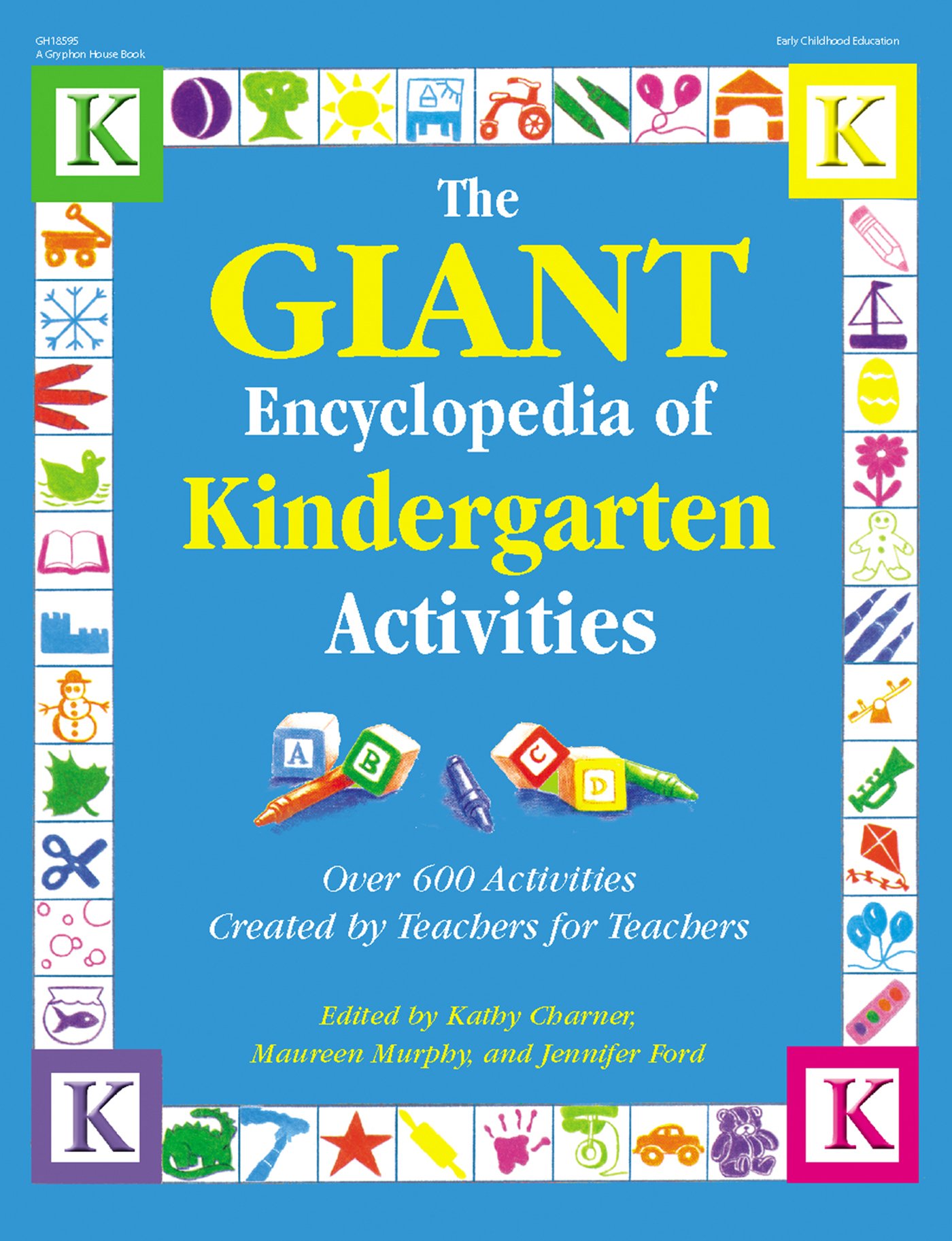Materials
- Pictures of a variety of foods
What to do
1. Introduce this activity after a discussion on where the food we eat actually comes from. Make sure the children know that most of the things we eat come from plants and animals.
2. Ask the children to make a list of the things they ate for one meal. (This can be done as a homework assignment or a class discussion.)
3. Brainstorm where the foods came from. Did they grow? Did they come from an animal? In some cases this is an easy question, while others require more thought. Some foods come from both plants and animals, such as pizza (cheese from a cow's milk, crust from wheat, pepperoni from a pig, and so on).
4. After the children become aware of the origin of many foods, distribute cutout pictures of a variety of foods, one to each child.
5. Explain that they are going to form two "food trains:" a plant train and an animal train. Choose an engineer for each train.
6. Each child tells the name of his food and which train it belongs to. For example, "Milk; the animal train." Then the child "boards" the appropriate train.
7. When everyone has boarded the trains, ask them to put their hands on each other's waists. Play some "train music" while the engineers very carefully steer their trains through the classroom. Rules for engineers: don't bump into people or furniture, and stop whenever the music stops.
More to do
- Extend the activity by discussing other ways to classify foods: vegetables, meat, grain, fruit, and milk products. Label a sorting tray for each classification. The children use the pictures to sort the foods by placing them in the appropriate tray.
-Iris Rothstein, New Hyde Park, NY
